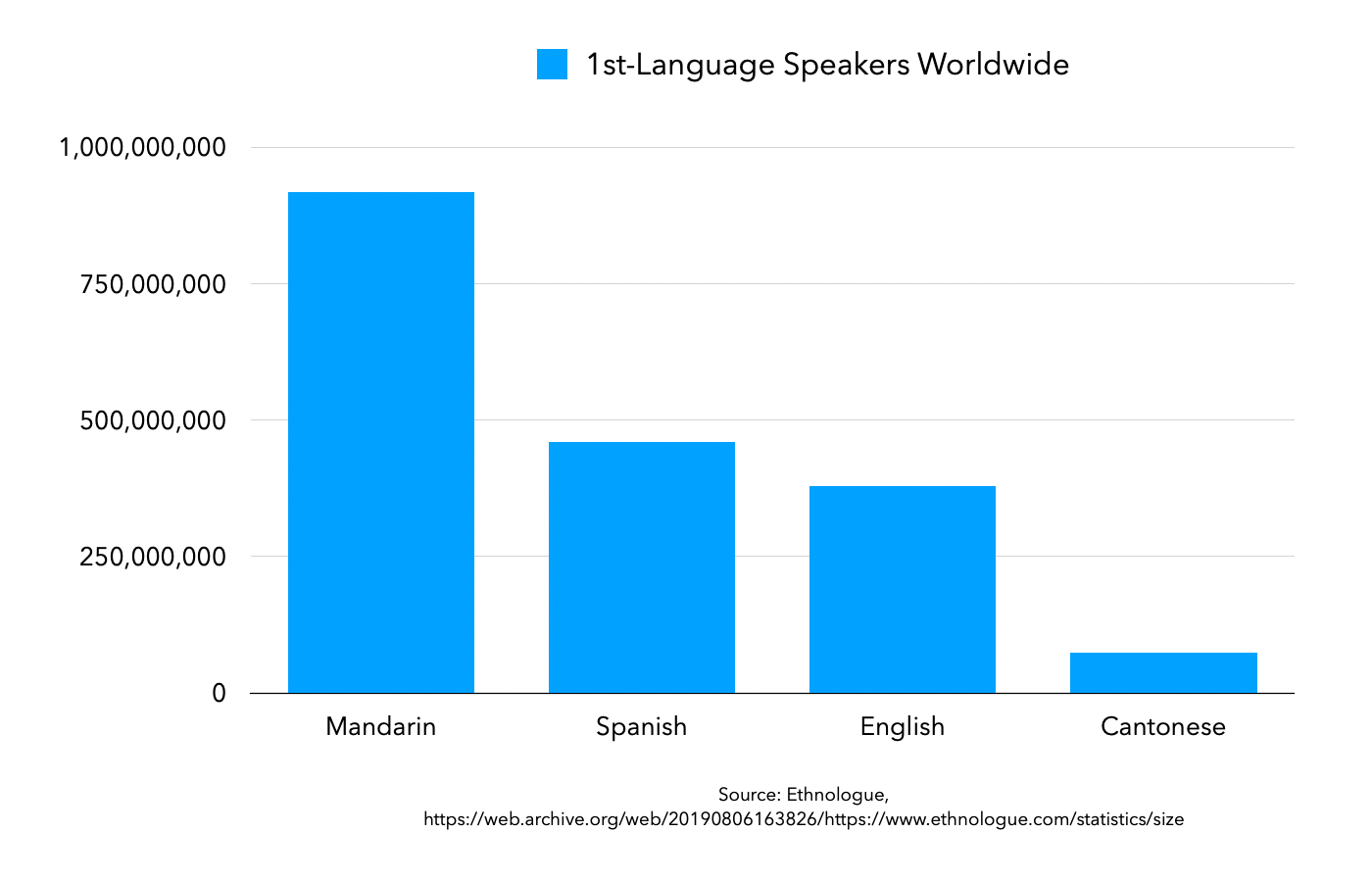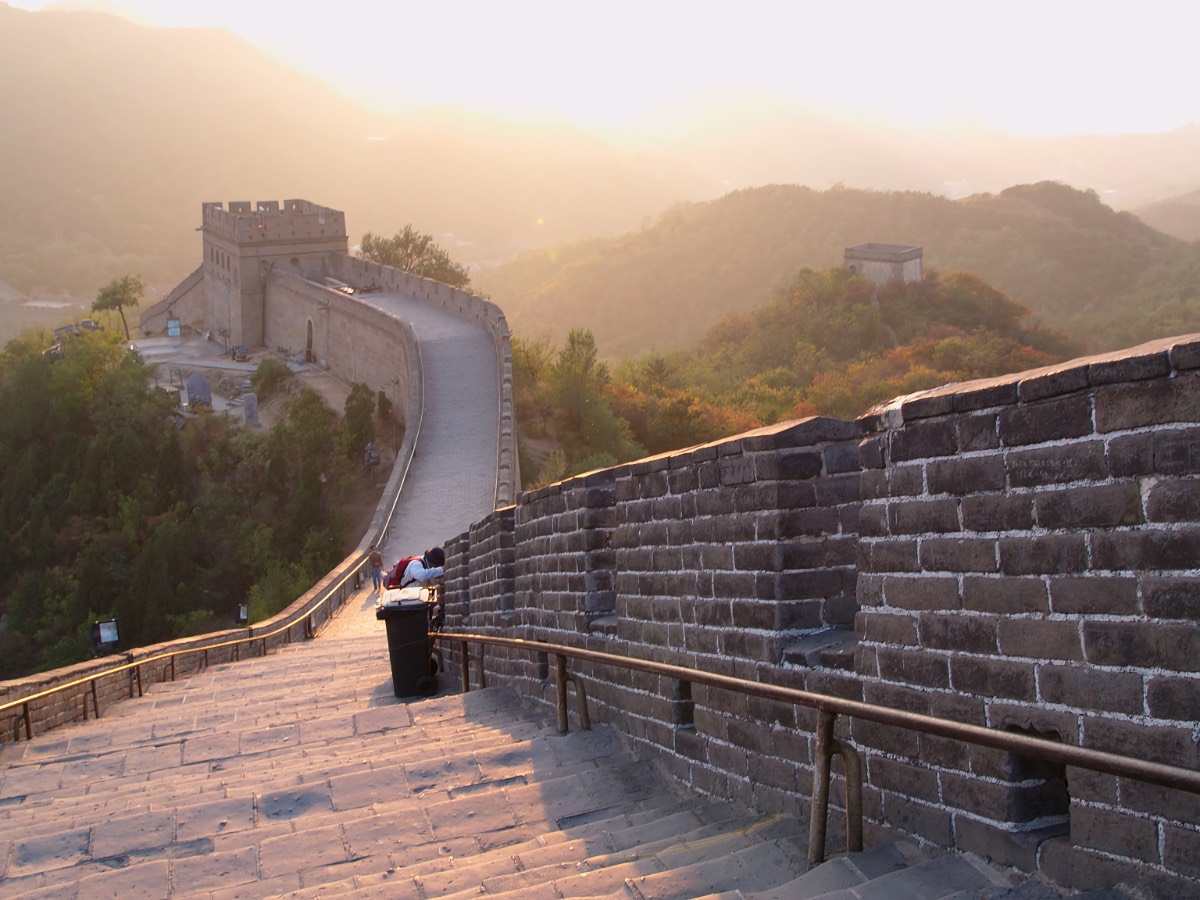Zàowù‐Zhǔ ((Zào·wù Created · Things 造物)‐(Zhǔ Master 主) → [Creator]) 👈🏼 Tap/click to show/hide the “flashcard”
[Notes: Tap/click on a Pīnyīn (Pīn·yīn {Piecing Together of} · Sounds → [Pinyin] 拼音) expression to reveal its “flashcard”; tap/click on a “flashcard” or its Pīnyīn (Pīn·yīn {Piecing Together of} · Sounds → [Pinyin] 拼音) expression to hide the “flashcard”. 📖 📄 📘 icons mean 📖 Reveal All, 📄 Reveal Advanced, and 📘 Reveal None re all the “flashcards” in the heading, paragraph, etc. that they are placed at the beginning of.]
At the time of this writing, jw.org had just recently featured the article “How Can You Decide?”, from the No. 3 2021 issue of Awake! magazine. The title of this issue, in English and in Mandarin, is as follows:
Should You Believe in a Creator?—You Decide
📖 📄 📘 Zhēnde (Zhēn·de Really · ’s 真的) Yǒu ({(There) Is Having} → [(There) Exists] 有) Zàowù‐Zhǔ ((Zào·wù Created · Things 造物)‐(Zhǔ Master 主) → [Creator]) Ma ([? ptcl for “yes/no” questions] 吗 嗎)? Nǐ (You 你) Néng (Can 能) Zhǎodào (Zhǎo·dào {Look For (and)} · {Arrive At} → [Find] 找到) Dá’àn (Dá’·àn Answering · {Long, Narrow Table or Desk → [Set of Information]} → [Answer] 答案)
As can be seen from the above example, “Zàowù‐Zhǔ ((Zào·wù Created · Things 造物)‐(Zhǔ Master 主) → [Creator])”, this week’s MEotW, is the Mandarin expression meaning “Creator”. And, as can be seen from this expression’s Pīnyīn (Pīn·yīn {Piecing Together of} · Sounds → [Pinyin] 拼音) Plus “flashcard”, the literal meanings of its constituent morphemes come together to mean something like “Master (or Lord) Who Created All Things”.
“Did They Give You Evidence”?
A couple more examples of “Zàowù‐Zhǔ ((Zào·wù Created · Things 造物)‐(Zhǔ Master 主) → [Creator])” in use can be found in the second paragraph of the above-mentioned article from the No. 3 2021 issue of Awake!:
Your schoolteachers may have confidently stated that the universe and life in it arose spontaneously, that no Creator was involved. But did your teachers provide you with evidence that a Creator does not exist? On the other hand, you may have heard religious leaders preach that there is a Creator. But did they give you evidence to back up their claim? Or did they ask you to accept their statement as a matter of “faith” or doctrine?
📖 📄 📘 Xuéxiào (Xué·xiào {learning (place) → [school]} · school 学校 學校) lǎoshī (lǎo·shī {old → [experienced]} · teachers → [teachers] 老师 老師) yěxǔ (yě·xǔ {on the whole} · maybe 也许 也許) huì (will 会 會) hěn (very 很) kěndìng (kěn·dìng agreeing · {to be set} → [being certain] 肯定) de (-ly 地) gàosu (tell 告诉 告訴) nǐ (you 你), yǔzhòu (yǔ·zhòu universe · {all time, past, present, and future} → [universe] 宇宙) hé ({(together) with} → [and] 和 和/龢) shēngmìng (life 生命) dōu (both 都) shì (were 是) pèngqiǎo (pèng·qiǎo {having bumped into} · {being coincidental} → [by chance] 碰巧) chǎnshēng (chǎn·shēng {given birth to → [produced]} · {given birth to → [caused to exist]} → [brought into being] 产生 產生) de ({’s (things)} 的), gēnběn (gēn·běn {root (of a plant)} · {root or stem of a plant} → [fundamentally] 根本) jiù (then 就) méiyǒu (méi·yǒu not · {did have} → [did not have] 没有 沒有) Zàowù‐Zhǔ ((Zào·wù Created · Things 造物)‐(Zhǔ Master 主) → [Creator]). Dàn (but 但) tāmen (tā·men he/she · [pl] → [they] 他们 他們) yǒu (had (or) 有) méiyǒu (méi·yǒu not · had → [had not] 没有 沒有) xiàng (to 向 向/曏/嚮) nǐ (you 你) tíchū (tí·chū {carried (hanging down from the hand) → [raised] → [referred to]} · out 提出) zhèngjù (evidence 证据 證/証據) ne ([? ptcl] 呢)? Lìng (another 另) yì (one 一) fāngmiàn (fāng·miàn {direction → [side]} · face → [aspect] 方面), yìxiē (yì·xiē one · {indefinite number of} → [some] 一些) zōngjiào (zōng·jiào {school of thought} · teaching → [religious] 宗教) rénshì (rén·shì persons · {persons trained in a certain field} → [personages] 人士) zhǔzhāng (zhǔ·zhāng advocate · spread → [maintain] 主张 主張) yǒu ({(there) is having} → [(there) exists] 有) yí (one 一) wèi ({place of a} → [mw for persons] 位) Zàowù‐Zhǔ ((Zào·wù Created · Things 造物)‐(Zhǔ Master 主) → [Creator]). Dàn (but 但) tāmen (tā·men he/she · [pl] → [they] 他们 他們) tígōng (tí·gōng {did carry (hanging down from the hand) → [did raise]} · {did provide} 提供) zhèngjù (evidence 证据 證/証據) le ({to completion} 了) ma ([? ptcl for “yes/no” questions] 吗 嗎)? Háishi (Hái·shi {still more → [or]} · {was (it) that} 还是 還是) zhǐshì (zhǐ·shì (they) merely · were 只是) gàosu (telling 告诉 告訴) nǐ (you 你), “xìn (believing 信)” jiù (then 就) gòule (gòu·le {is enough} · {to completion} 够了 夠了) ne ([? ptcl] 呢)?
A Big Presence in the Teaching Toolbox
It’s worth noting that the No. 3 2021 issue of Awake! is currently in the Teaching Toolbox in the JW Library app. That means that as of this writing, 3 out of the 6 books or brochures in the Teaching Toolbox—fully one half of them—are focused on the subject of creation/evolution. Additionally, the Enjoy Life Forever! book, one of the other publications in the Teaching Toolbox, has an entire lesson on the subject “How Did Life Begin?”. This big presence in the Teaching Toolbox of material focused on creation/evolution reflects a recent heavy emphasis on this issue on the part of the organization.
Indeed, for people in general to find real spiritual truth and make real spiritual progress, the question of the Creator’s existence is the first basic question that needs to be answered well in their minds, otherwise they are left with just the conflicting opinions, speculations, and platitudes of mere limited, imperfect humans. As Proverbs 9:10 says:
The fear of Jehovah is the beginning of wisdom,
And knowledge of the Most Holy One is understanding.
In the Mandarin field in particular, it is especially necessary to focus on the issue of the Creator’s existence, because current worldly Chinese culture has particularly heavily predisposed many Mandarin-speakers to not believe in a Creator.
At the same time, the worldwide Mandarin field is by far the largest language field in the world, and it’s likely that it is the largest language field ever in history.

So, the need is especially great for Mandarin field language learners to be able to help Mandarin-speakers overcome their cultural backgrounds and cultivate faith in the Creator!
Creation/Evolution, and Also the Great Wall of Characters
However, I suspect that even in their mother tongue, many Mandarin field language learners would be hesitant to discuss creation/evolution, since it is an especially deeply technical subject. Adding the requirement to conduct the discussion in Mandarin, which has traditionally been written using the extraordinarily complex Chinese characters, to many just makes an already daunting task seem even more undoable.

In addition to the inherent technical difficulty of the subject of creation/evolution, Mandarin field language learners also face the Great Wall of characters.
To help with this formidable challenge, the organization’s official Mandarin digital material for the No. 3 2021 issue of Awake!, and for the Was Life Created? and Origin of Life brochures, is available with Pīnyīn (Pīn·yīn {Piecing Together of} · Sounds → [Pinyin] 拼音). Additionally, unofficial Pīnyīn (Pīn·yīn {Piecing Together of} · Sounds → [Pinyin] 拼音) Plus material—specifically designed, not to be spiritual food, but for helping Mandarin field language learners to get past the Great Wall of characters and actually learn to understand and speak the Mandarin they need—is available for the Was Life Created? and Origin of Life brochures, and will soon be available for the No. 3 2021 issue of Awake! too. For updates on these Pīnyīn (Pīn·yīn {Piecing Together of} · Sounds → [Pinyin] 拼音) Plus resources, keep an eye on this blog, on the Links News blog, and on the related account on the social network of your choice listed on this blog’s Contact page.